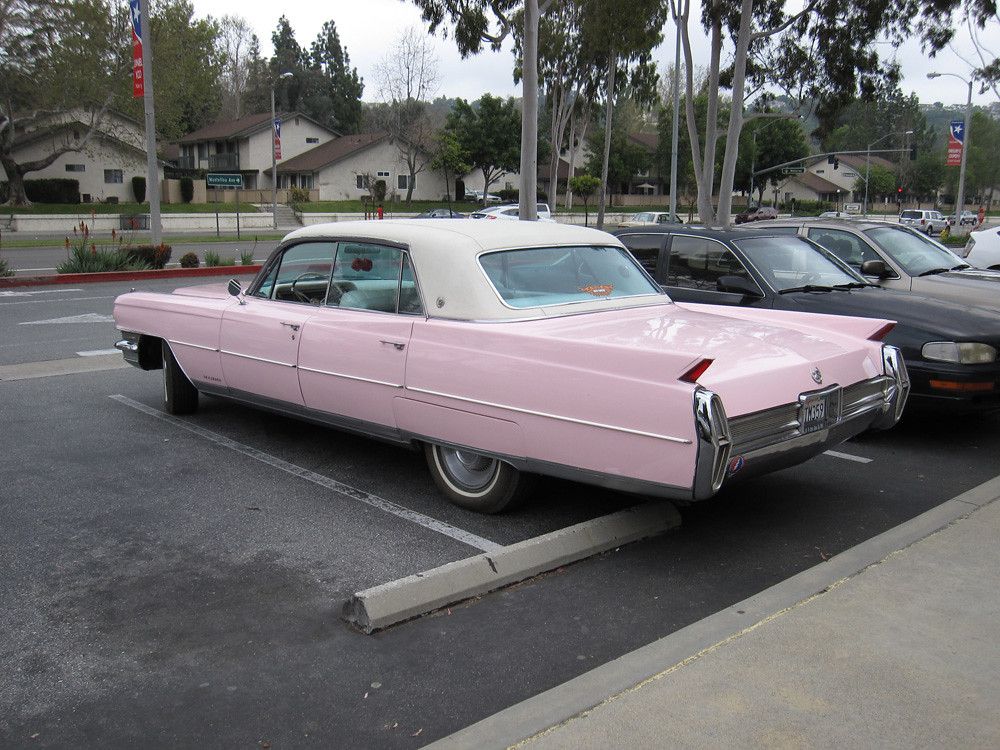
The 1960s, a vibrant decade etched into our collective memory, is often synonymous with the thunderous roar of muscle cars and the exhilarating spectacle of movie chases. While legendary machines like the Ford Mustang and Pontiac GTO rightfully seized the automotive spotlight, commanding attention with their undeniable power and magnetic charisma, a parallel, equally crucial segment of the automotive world was quietly reshaping everyday life for millions: the compact car. These were not the audacious, tire-shredding titans, but rather the understated, often ingenious heroes that kept families moving, commutes efficient, and city streets effortlessly navigable, embodying a different kind of automotive spirit.
Many of these nimble and cleverly engineered vehicles, born from the practical demands of the era and a shifting global economic landscape, have since receded into the shadows of collective memory. They were, perhaps unfairly, overshadowed by their flashier, more extravagant contemporaries. Yet, to overlook their contribution would be a disservice, for their importance cannot be overstated. Designed with a keen eye towards fuel efficiency, affordability, and unparalleled city-friendliness, they presented a compelling counter-narrative to the prevailing “bigger is better” philosophy that characterized much of American automotive design at the time. Some arrived as charming imports, while others represented earnest attempts by domestic manufacturers to adapt and offer something genuinely quirky and innovative in a period of grand, sprawling vehicles.
Our journey today plunges into the fascinating, often overlooked world of these forgotten compacts – cars that successfully made it to production, fulfilled their purpose admirably, but somehow never truly cemented their place in the broader public consciousness. We’ve meticulously combed through vintage reviews, historical archives, and cherished owner impressions to meticulously unearth and spotlight these once-ubiquitous, now-elusive machines. Each car we’ll discuss served a distinct and vital purpose, whether it was pioneering fuel economy, expertly navigating urban labyrinths, or simply presenting a fresh, pragmatic perspective on personal mobility. While their appearances at modern car shows might be a rare sight, their quiet, enduring footprints undeniably helped to shape an entire decade, proving unequivocally that truly essential design often thrives far from the roaring crowds and the glare of mainstream recognition. Let’s begin our exploration by unveiling the first six of these captivating, yet tragically overlooked, automotive underdogs.
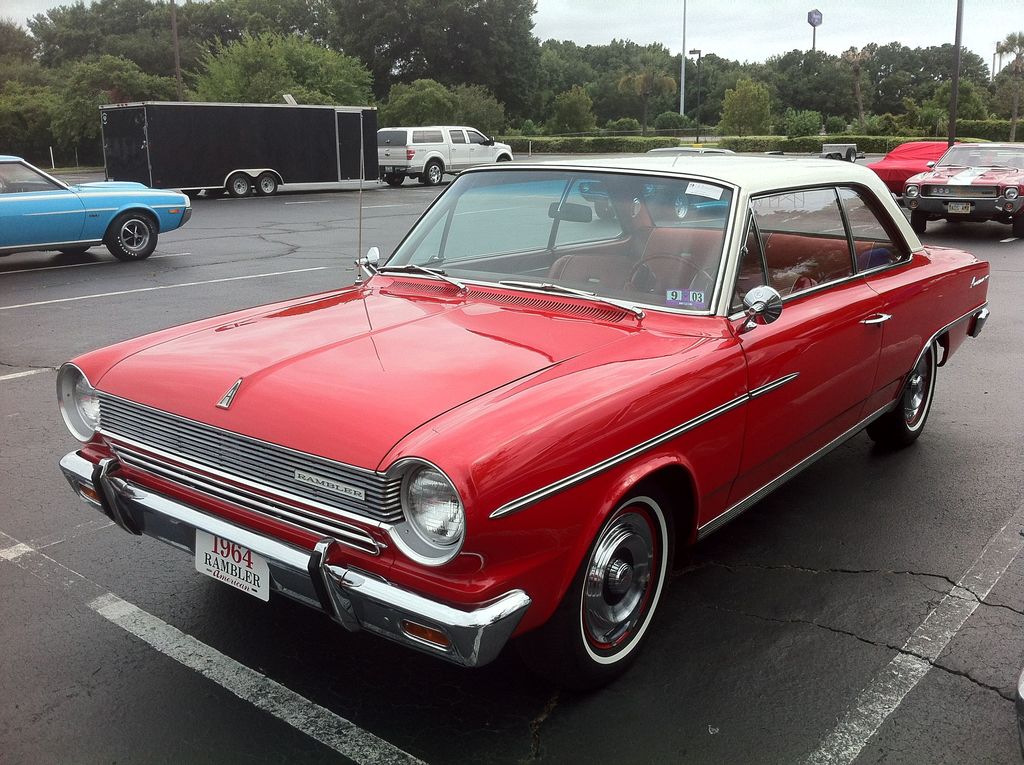
1. **Rambler American 440:**With its undeniably clean lines, a commendably modest size, and an unwavering commitment to delivering everyday comfort, the Rambler American 440 deftly and quietly carved out its own distinctive place within the bustling automotive tapestry of the 1960s. This was a vehicle that embodied the refined art of understated elegance, offering just enough stylistic flair to stand out subtly without ever attempting to directly compete with the more ostentatious and flashy options that so often hogged the headlines. Its design philosophy was a clear testament to practicality and sensible living, characteristics that resonated deeply with families and individuals alike who sought dependable, fuss-free transportation.
Stepping inside the Rambler American 440, one would immediately appreciate a cabin where usability reigned supreme. Drivers found themselves greeted by straightforward controls, intuitively placed for ease of operation, while the generous greenhouse design, featuring expansive glass areas, ensured truly excellent visibility—a practical attribute often regrettably overlooked in more overtly stylized designs of the era. Passengers consistently lauded its remarkably smooth ride quality and its predictable, reliable handling, which combined to make both routine errands and longer cross-country journeys genuinely pleasant and stress-free experiences. The car’s thoughtfully balanced proportions made it exceptionally easy to maneuver and park, offering a distinct advantage in the increasingly congested urban landscapes of the time, and its inherent mechanical simplicity directly translated into commendably low ownership stress, a significant appeal for budget-conscious buyers.
Despite hailing from a relatively smaller automotive company, the Rambler American 440 exuded a quiet, self-assured confidence that many larger, more established names of the era often struggled to emulate. The specific “440” trim level thoughtfully introduced a subtle touch of additional flair, enhancing its overall appeal without ever pushing too far into excessive ornamentation or unnecessary extravagance. Over the years, as the brand itself began to pivot and eventually recede from the market, so too did the collective public memory of this admirable compact. Today, when a Rambler American 440 graces a car show, it invariably commands attention not through a boisterous display of raw power, but rather with a serene, inviting presence that unfailingly sparks curiosity, gently urging enthusiasts to take a deeper, more appreciative look at its timeless, understated charm.
Car Model Information: 2023 GMC Sierra 1500 Denali
Name: Rambler American
Caption: Second generation: 1962 convertible
Manufacturer: American Motors Corporation
Production: 1958–1969
Assembly: Kenosha, Wisconsin,Brampton, Ontario,Tehran,Mexico City,Pretoria,Port Melbourne, Victoria
Layout: FR layout
Platform: AMC’s “junior cars”
Predecessor: Nash Rambler,Nash Metropolitan
Successor: AMC Hornet
Class: Compact car
Categories: 1960s cars, AMC vehicles, All articles with unsourced statements, Articles with short description, Articles with unsourced statements from August 2025
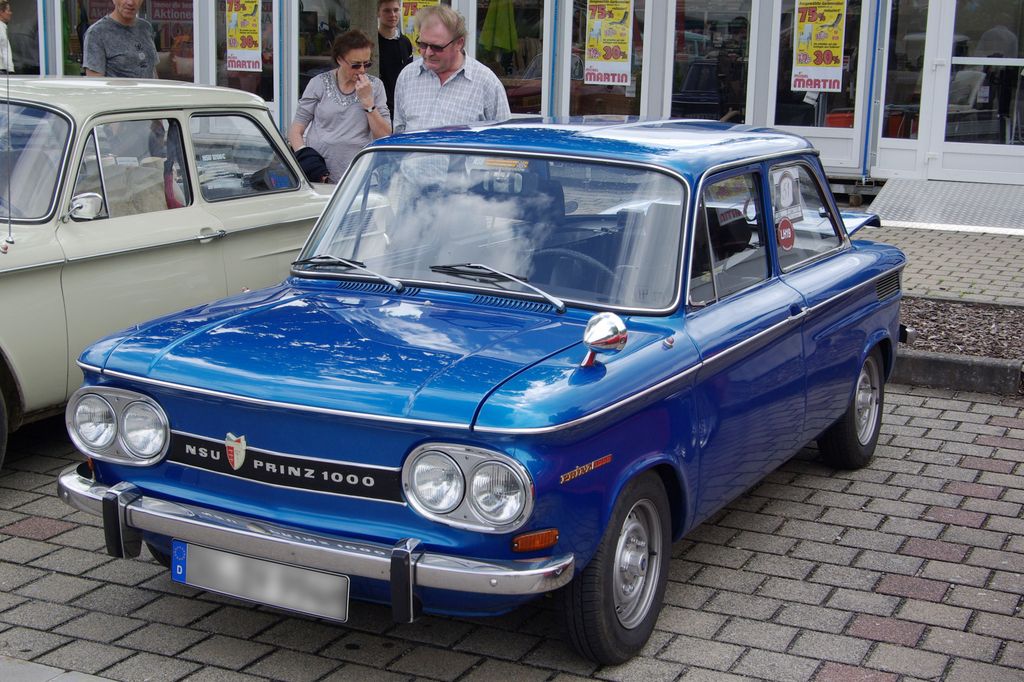
2. **NSU Prinz 1000:**Hailing from Germany, the NSU Prinz 1000 presented a truly distinctive and utterly unmistakable presence on the roads of the 1960s. This compact, undeniably quirky vehicle offered a refreshingly different perspective on personal mobility, challenging conventional notions of automotive design. Its underlying design philosophy was heavily weighted towards utility and efficiency, yet the clever integration of a rear-mounted engine and its sharply defined, almost aggressive proportions imbued it with a unique character that was singularly its own. This remarkably nimble machine could effortlessly zip through the tightest urban spaces with remarkable ease, and confidently held its own in bustling traffic, unequivocally proving that truly effective and engaging transportation didn’t necessarily require an imposing or cumbersome footprint.
The interior of the Prinz 1000 faithfully mirrored its exterior ethos, embracing a minimalist aesthetic while still managing to provide just enough comfort for two adults, with the practical capacity to accommodate an occasional back-seat guest on shorter excursions. The car’s distinctive rounded body panels and its notably short nose converged to create a unique and utterly endearing shape that, even in the contemporary automotive landscape, continues to elicit curious glances and admiring smiles. It was never conceived as a flashy statement vehicle, designed to turn heads through sheer ostentation; instead, it was engineered to deliver a very specific kind of efficiency, one that made perfect, logical sense within the narrow, winding, and often congested streets of European cities.
For those discerning American drivers who were fortunate enough to stumble upon and discover this charming German import, the NSU Prinz 1000 frequently left an indelible mark, often remembered fondly long after the vehicle had exchanged hands. Indeed, few other compacts from that vibrant era managed to encapsulate so much inherent personality within such a remarkably diminutive frame. The Prinz 1000 stood as a testament to intelligent design, expertly blending the renowned precision of German engineering with a refreshing simplicity, thereby creating an automotive experience that was both eminently practical and, perhaps surprisingly, genuinely engaging, distinguishing itself from its contemporaries in a quietly impactful and truly memorable fashion.
Car Model Information: 2023 GMC Sierra 1500 Denali
Categories: 1960s cars, 1970s cars, All articles with specifically marked weasel-worded phrases, All articles with unsourced statements, Articles with short description
Summary: The NSU Prinz (Prince) is an automobile which was produced in West Germany by the NSU Motorenwerke AG from 1958 to 1973.
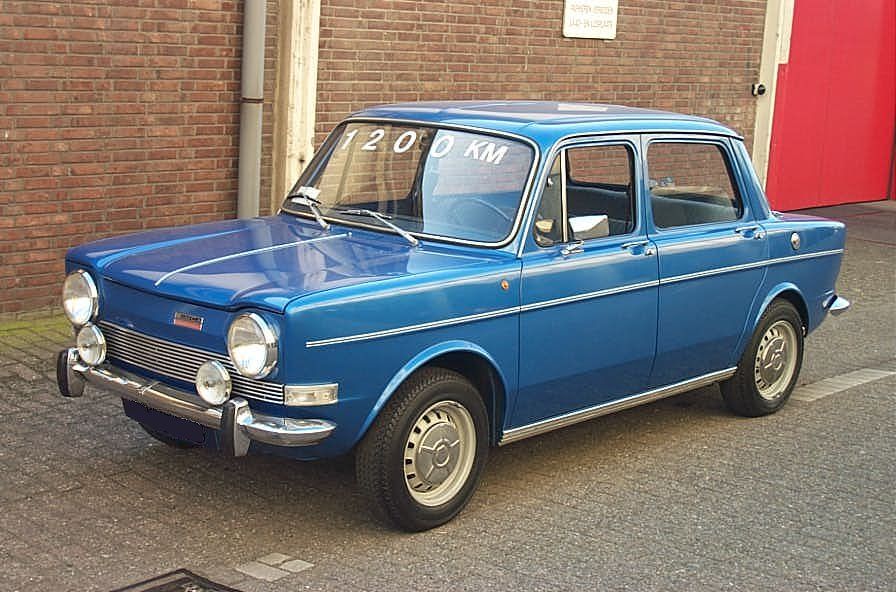
3. **Simca 1000:**Meticulously conceived and precisely engineered with an acute understanding of Europe’s often-narrow streets and the inherently unpredictable nature of daily commutes, the Simca 1000 emerged as a masterclass in blending quintessential European sensibility with an emphasis on everyday practical convenience. This remarkably clever compact was designed to comfortably transport four passengers without ever feeling either heavy or overly oversized, a clear testament to its intelligent and space-efficient packaging. Its thoughtfully optimized layout maximized the utilization of every available inch of limited space, allowing the wheels to hug the corners with surprising tenacity and ensuring remarkably sharp, responsive handling, which collectively made navigating through bustling urban environments a genuinely enjoyable and effortless experience.
The Simca 1000’s distinctly boxy body shape endowed it with a clear practical advantage, yet the inclusion of subtle, well-executed details ensured it remained consistently visually interesting, artfully sidestepping the common pitfall of becoming merely utilitarian or aesthetically bland. French automobile manufacturers have long been known for their propensity to adhere to their own distinctive and often idiosyncratic rules, and Simca wholeheartedly embraced this philosophical approach. The compelling result was an exceptionally versatile vehicle that capably served a multitude of roles: an efficient and reliable commuter car, a dependable family hauler for burgeoning households, and an ideal, budget-friendly first automobile for countless new drivers. Its proud owners consistently lauded the car’s impressive ease of maintenance, a feature that proved particularly advantageous for those with modest garages or when faced with the challenge of parking in increasingly tight urban blocks.
While the Simca 1000, like many of its peers, eventually and quietly receded from the majority of roads over the ensuing years, its legacy, though often subtle and understated, remains undeniably significant. For a considerable period, it injected a unique sense of precision and a distinctive touch of personality into the often-monotonous routine of daily driving. It served as a compelling exemplar of how intelligent design, coupled with a profound understanding of genuine user needs, could culminate in the creation of a vehicle that, despite its inherently modest dimensions and utterly unpretentious nature, consistently delivered a dependable, surprisingly engaging, and thoroughly satisfactory driving experience, truly extracting the maximum utility and enjoyment from every single journey.
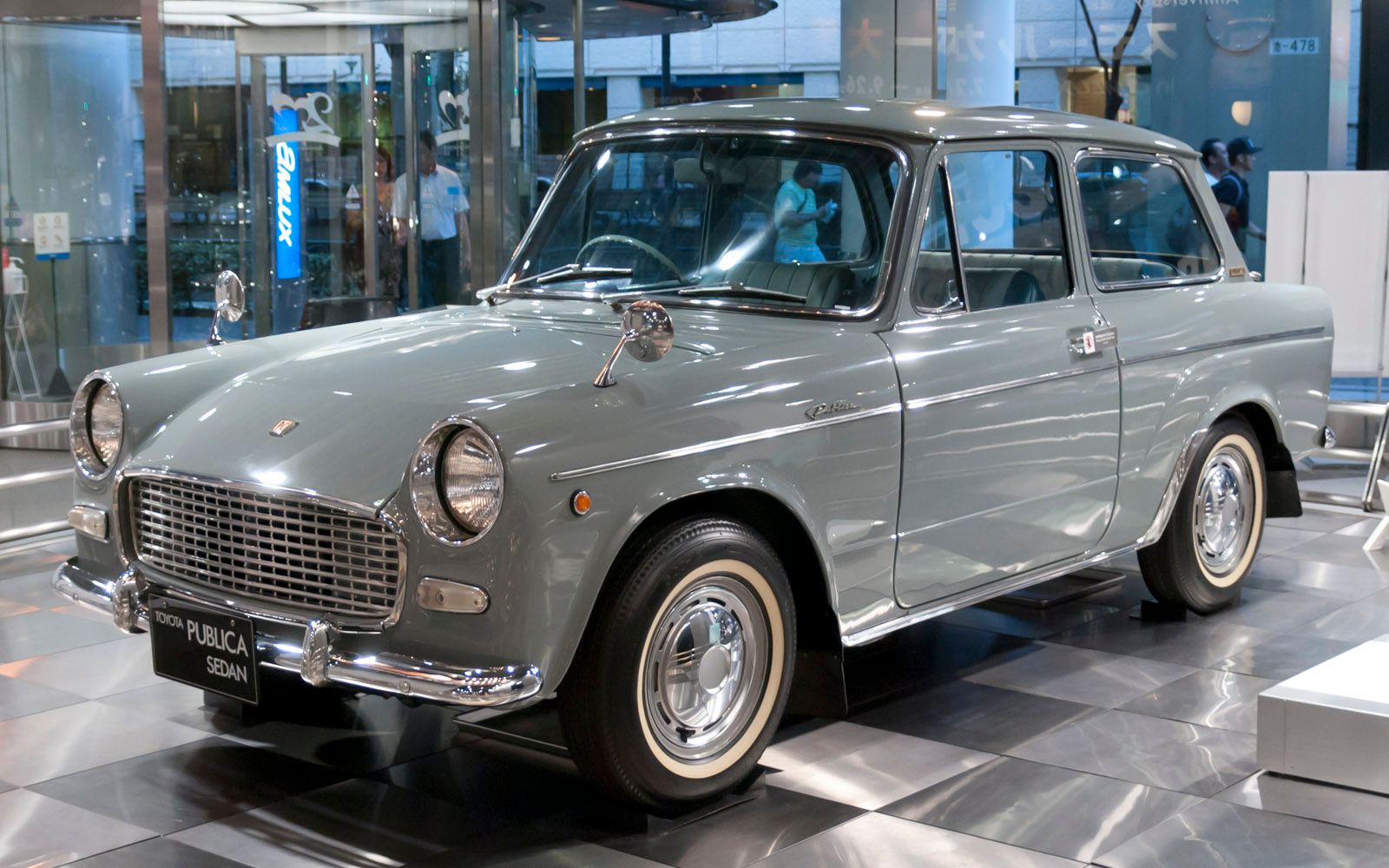
4. **Toyota Publica:**Long before Toyota embarked on its meteoric ascent to become the undisputed global automotive titan it is recognized as today, the venerable company judiciously engaged in a series of innovative experiments with foundational vehicles such as the Publica. This inherently compact and remarkably clever car was meticulously conceived with a singular, crystal-clear vision: to be both supremely affordable and exceptionally efficient, yet crucially, without ever conveying a sense of being stripped-down, bare-bones, or lacking in essential features. Its overarching design philosophy was firmly rooted in neatness, practicality, and thoughtful execution, where a harmonious interplay of square panels and subtly soft curves seamlessly converged to forge a visually appealing, inherently unpretentious, and eminently functional form.
Internally, the Toyota Publica faithfully upheld its exterior ethos, maintaining a simple yet highly functional layout that ingeniously provided just enough comfortable room for small families or dedicated solo commuters to embark on their journeys. While its presence on the bustling streets of Japan was undeniably strong, pervasive, and widespread, remarkably few individuals residing outside of its native region retain a distinct or clear memory of this foundational, albeit understated, vehicle today. However, the Publica’s indelible imprint on Toyota’s overarching strategic direction cannot be overstated, for it served as a powerful, tangible demonstration that even compact cars possessed the inherent capacity to cultivate deep-seated and enduring customer loyalty over time, thereby conclusively proving that genuine economy didn’t necessarily have to come at the expense of comprehensive driver satisfaction or a sense of quality.
Characterized by its remarkably light and responsive controls, coupled with an exceptionally calm, predictable, and reassuring behavior on the road, the Publica was perfectly tailored for a generation of drivers who, above all else, prioritized uncompromising economy and unwavering reliability. Contemporary automotive enthusiasts frequently voice their admiration for how remarkably focused and overtly purpose-driven it genuinely felt behind the wheel, a profound testament to its meticulous and thoughtful engineering. This early, unassuming, yet profoundly impactful endeavor by Toyota deserves immense and unequivocal credit, for it quietly but decisively laid down crucial foundational groundwork, igniting the spark for something immeasurably grander and ultimately global in its resounding success that would eventually follow in the decades to come.
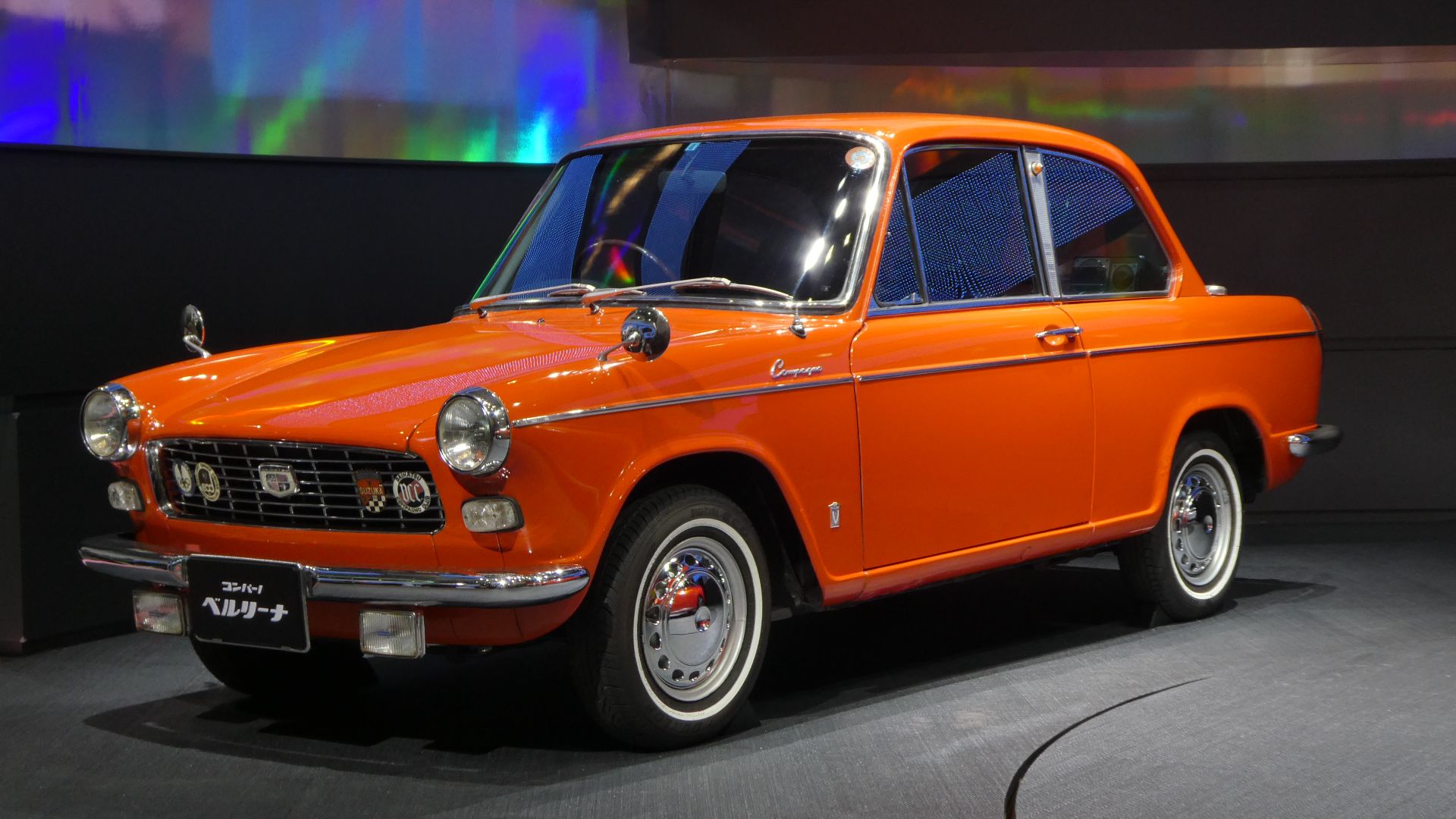
5. **Daihatsu Compagno Berlina:**The Daihatsu Compagno Berlina carved out a distinct identity for itself amidst the burgeoning field of small cars in the 1960s, thanks to its unique, articulate lines and remarkably compact styling. It masterfully encapsulated a gentle yet profoundly compelling blend of inherent charm and practical utility, all meticulously enveloped within a carefully crafted package that managed to exude a surprisingly upscale feel for its inherently modest dimensions. The car’s distinct upright profile, gracefully combined with slim pillars and tastefully applied chrome accents, collectively contributed to a refined aesthetic that subtly suggested elegance without ever ostentatiously reaching for outright luxury, a rather rare and commendable feat within its competitive market segment.
Within the interior of the Compagno Berlina, the seating arrangements were thoughtfully designed to be both supportive and upright, rendering it an ideally suited choice for brisk short urban excursions or even more extended city drives where comfort, good posture, and excellent visibility were highly valued. This particular model also marked a significant and earnest stride in Daihatsu’s ambitious attempt to expand its influential global footprint, venturing boldly beyond the familiar confines of its home market. A modest but notable number of these charming vehicles did indeed find their way into various international markets, although, much like many of its contemporary peers, the vast majority have since quietly receded from public view and collective memory with the inexorable passage of time.
Its remarkably quiet manners on the road, coupled with its tidy and impressively responsive handling characteristics, conferred upon it a discernible advantage in the often-congested and demanding urban environments, thereby making it an unequivocal pleasure to navigate through city streets. The Daihatsu Compagno Berlina was, by all accounts, effortlessly enjoyable to drive, and perhaps, with a touch of irony, equally easy to simply overlook in the grand, sweeping narrative of automotive history. Yet, despite its eventual fading from the broader public consciousness, it undeniably endures as a small but remarkably proud and significant piece of automotive heritage, eloquently showcasing Daihatsu’s early, ambitious aspirations and its intrinsic ability to meticulously craft a compact car imbued with an unexpected, yet palpable, touch of refined sophistication.
Car Model Information: 2023 GMC Sierra 1500 Denali
Name: Daihatsu Compagno
Caption: 1965 Daihatsu Compagno Spider
Manufacturer: Daihatsu
Production: 1963–1970
Assembly: Ikeda, Osaka
Class: compact (car)
BodyStyle: ubl
Layout: Front-engine, rear-wheel-drive layout
Successor: Daihatsu Consorte
Designer: Vignale
Categories: Articles with short description, CS1 German-language sources (de), Cars discontinued in 1970, Cars introduced in 1963, Commons category link is on Wikidata
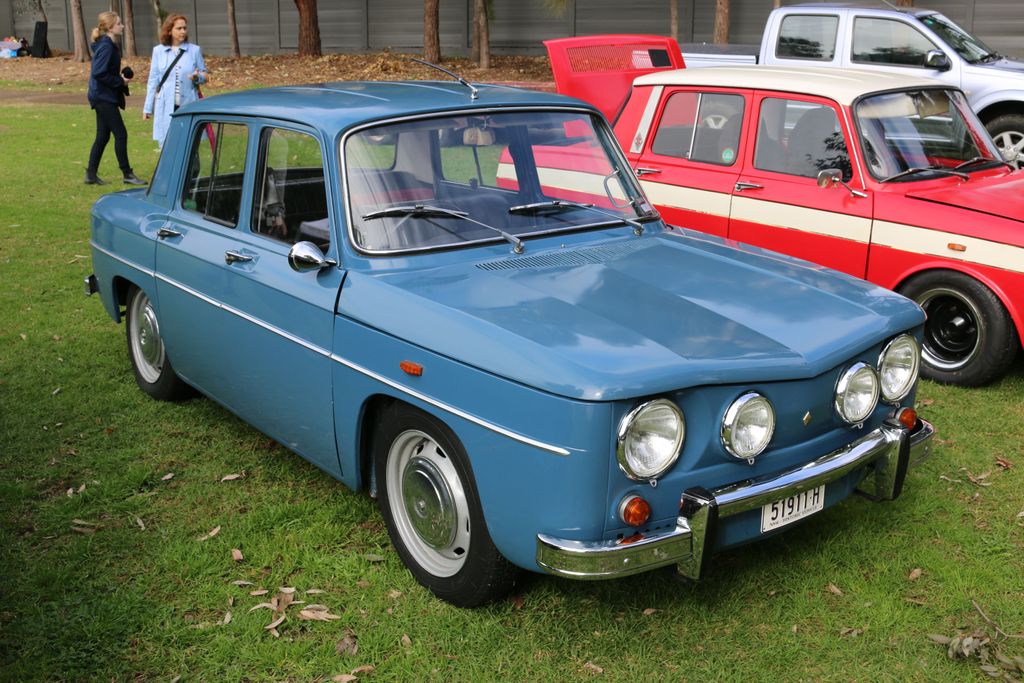
6. **Renault R8:**The Renault R8 masterfully integrated quintessential French flair with an impressively strong and inherent sense of balance, thereby presenting a truly unique and compelling proposition within the compact car market of its vibrant era. Its distinctive square lines and commendably narrow dimensions collectively endowed it with a strikingly confident stance, rendering it perfectly suited for the inherent challenges of navigating tight parking spaces and the often-chaotic conditions of crowded cityscapes. While its exterior might have initially appeared somewhat conservative at a first, fleeting glance, the R8, upon closer inspection and actual experience, surprisingly revealed a profound depth of character that genuinely exceeded initial expectations, inviting a more intimate appreciation.
The cabin of the Renault R8 was a revelation, offering a remarkably generous amount of glass and an overall airy, inviting feel, which collectively served to significantly enhance the passenger experience and render every journey, whether short or long, considerably more enjoyable and less claustrophobic. Renault, with its characteristic meticulous attention to subtle yet impactful details, thoughtfully incorporated numerous small touches that collectively forged a truly distinct and memorable personality for the R8. These ranged from the remarkably intuitive and well-organized layout of the dashboard to the unique and aesthetically pleasing shape of its front grille, each contributing to a cohesive and appealing design. Owners consistently lauded its commendable road manners and its distinctly relaxed pace, attributes that made it equally adept for comfortable, extended long drives or the predictable routine of daily errands.
The R8’s innovative and intelligently conceived mechanical layout contributed profoundly to its exceptional balance and played an absolutely crucial role in helping it stand out prominently within an rapidly expanding and increasingly competitive market segment. Many drivers, perhaps unthinkingly, passed through their R8 ownership without perhaps fully appreciating its subtle brilliance or enduring charm at the time. However, today, its quiet yet profoundly impactful legacy rightly deserves a prominent moment in the historical spotlight, serving as a poignant reminder of a compact car that skillfully combined eminently practical design with an unexpected depth of genuine driving pleasure and an enduring, unmistakable French charm that has continued to captivate enthusiasts decades later.
Continuing our journey through the quiet corners of 1960s automotive history, we now turn our attention to six more overlooked compacts that shaped the era with their distinctive features and surprising impact. These vehicles, though often overshadowed by flashier contemporaries, were nonetheless pivotal in defining personal mobility for millions, demonstrating ingenuity and foresight in an age dominated by sheer size. Their legacies, while not always loudly celebrated, are deeply etched into the fabric of automotive evolution, offering invaluable insights into the diverse design philosophies and engineering challenges of the period.
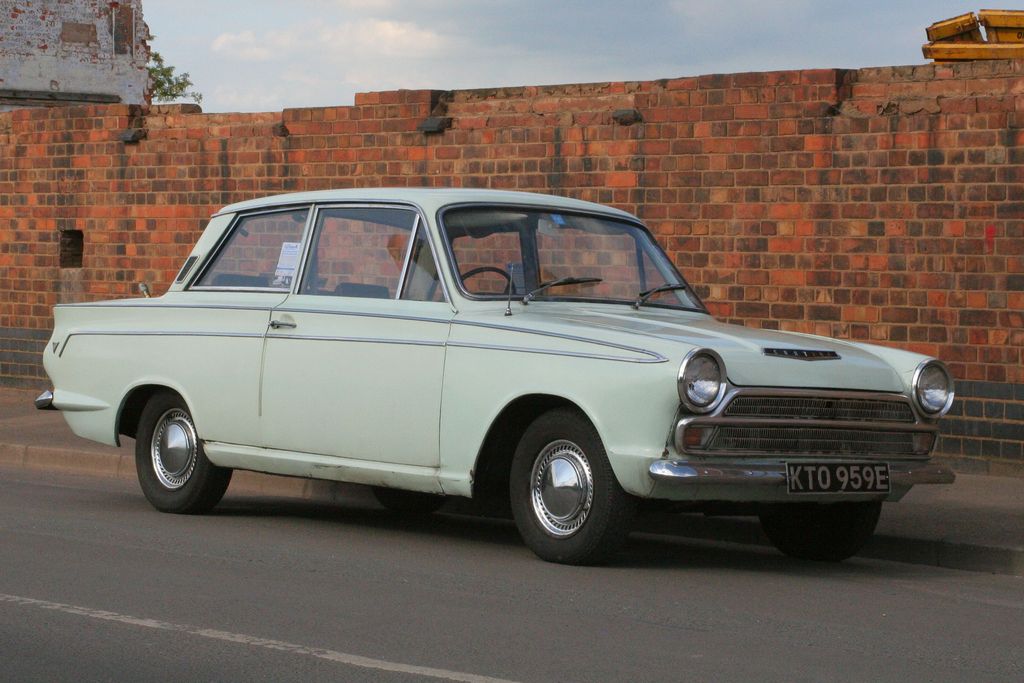
7. **Ford Cortina Mk1:**The Ford Cortina Mk1 masterfully blended robust British design with formidable American automotive backing, quickly becoming a family favorite across the UK and beyond. Its lightweight frame, crisp, purposeful lines, and exceptionally efficient interior space utilization made it a standout. The car presented a sharp visual appeal without falling into over-styling, and its confident handling on winding roads often genuinely astonished first-time drivers, solidifying its reputation for balanced performance. Within its unpretentious yet highly functional interior, the Cortina Mk1 felt remarkably open, effortlessly accommodating four passengers without any sensation of being cramped. Despite its affordability, it exuded an understated quality, proving its versatility by performing with equal ease in demanding rally events and on leisurely family road trips.
This compact played a strategically crucial role for Ford, helping establish an exceptionally strong foothold in the competitive European automotive market, and directly influencing numerous subsequent models for many years. While later iterations often dominate collective memory, it was unequivocally the Mk1 that quietly yet decisively set the foundational tone. Its compelling blend of inherent usability and undeniable charm ensured enduring relevance across an impressively wide spectrum of driving needs and consumer preferences throughout the decade.
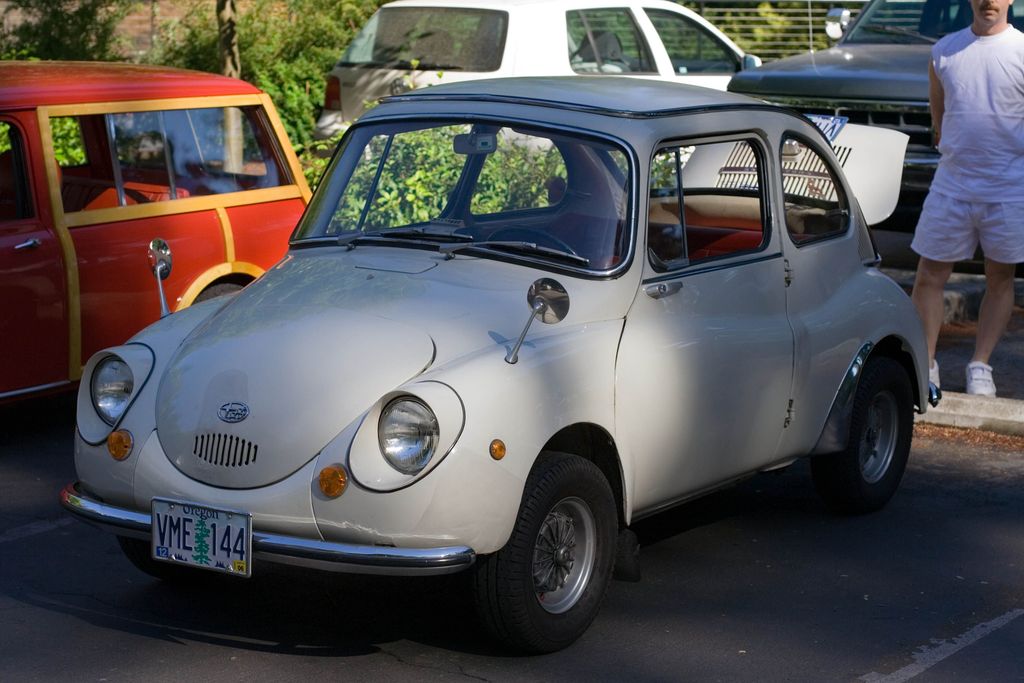
8. **Subaru 360:**Despite its diminutive stature, the Subaru 360 exerted a remarkably significant impact, marking the Japanese company’s first earnest foray into the global car market. Its distinctly rounded body and uniquely bubble-like windows gave it an almost cartoonish, yet endearing, appearance, proving highly functional within dense urban environments. Its compact dimensions meant parking required minimal effort and fuel costs remained admirably low, making it an exceptionally attractive proposition for new and budget-conscious drivers. Remarkably, considering its microscopic size, the Subaru 360 consistently felt both solid and profoundly dependable in daily use, a testament to Subaru’s early commitment to robust engineering and efficiency.
The 360 served as a groundbreaking introduction for countless drivers to the brand’s burgeoning values of uncompromising efficiency and commendable approachability, qualities that would later define Subaru’s global identity. While some markets initially perceived it as simply too small, others enthusiastically embraced it as an ingeniously clever answer to escalating urban congestion. Its inherent simplicity was worn with quiet pride, embodying a ‘less is more’ philosophy. Owners frequently described the car as genuinely cheerful and remarkably willing, characteristics that endeared it deeply. Its place within Subaru’s illustrious history, though small in physical size, holds an unequivocally large and enduring meaning, representing a foundational step for a brand now globally recognized for its unique automotive solutions.
Car Model Information: 2022 Subaru Outback Touring XT
Name: Subaru 360
Aka: Subaru 450
Manufacturer: Subaru
Production: 1958–1971
Assembly: Subaru#Manufacturing facilities,Ōta, Gunma
Class: Microcar
BodyStyle: Sedan (car),cabrio coach,station wagon
Engine: List of Subaru engines#Two Cylinder,List of Subaru engines#Two Cylinder,List of Subaru engines#Two Cylinder
Length: 117.7 in
Abbr: on
Disp: flip
Width: 51.2 in
Wheelbase: 70.9 in
Height: 54.3 in
Weight: 900 lb
Successor: Subaru R-2
Doors: Suicide doors
Layout: RR layout
Related: Subaru Sambar
Designer: Shinroku Momose
Categories: 1960s cars, 1970s cars, Articles with short description, Cars discontinued in 1971, Cars introduced in 1958
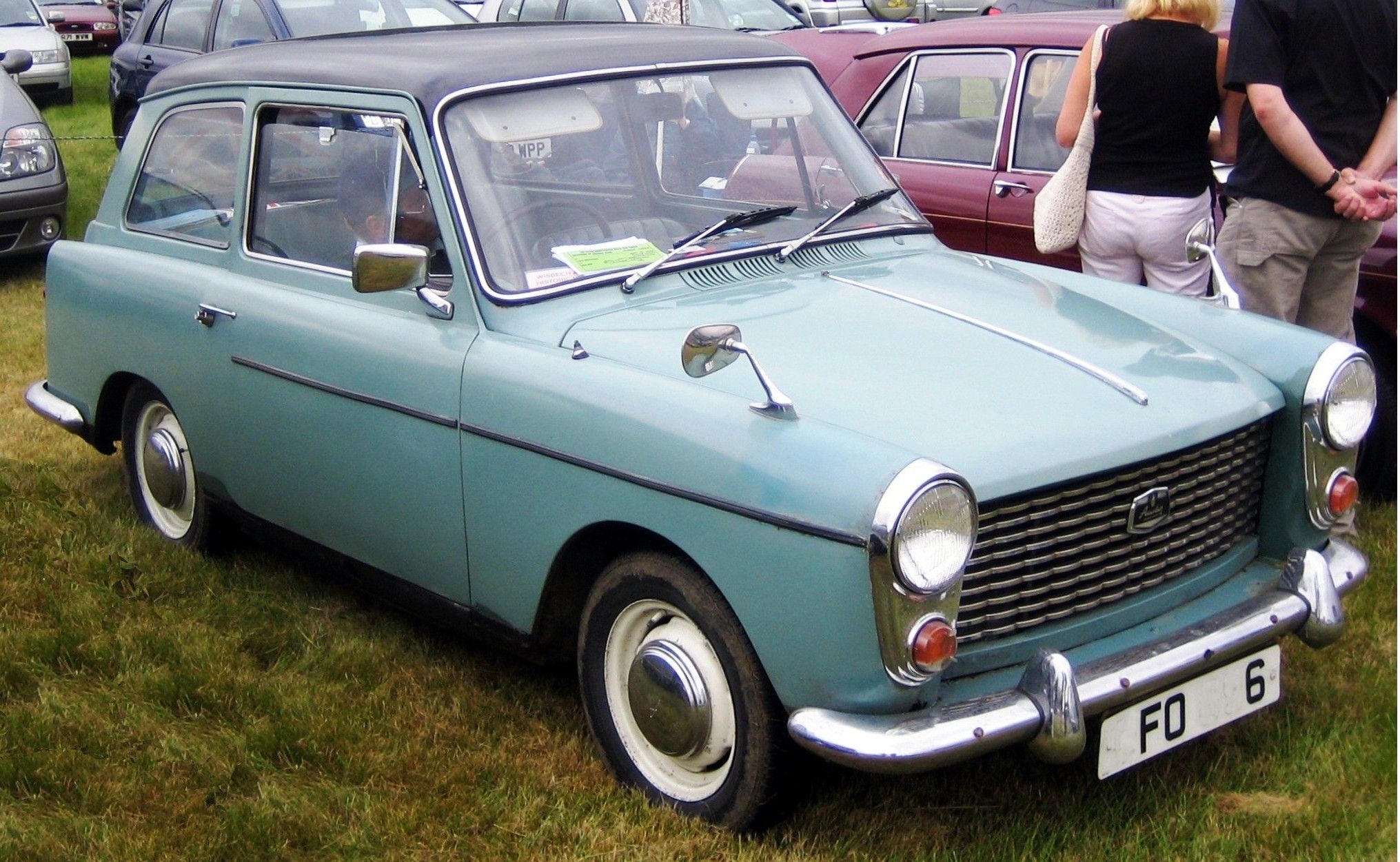
9. **Austin A40 Farina:**The Austin A40 Farina gracefully introduced a distinctive Italian design sensibility to the British streetscape, meticulously packaged within a form built for unwavering practicality. Its unmistakably square shape and pioneering two-box layout were not merely stylistic choices but foundational elements that defined a significant automotive trend, later emulated by numerous other manufacturers. Internally, the car prioritized function, featuring ingeniously folding seats and remarkably good access for its compact size, maximizing utility. From every conceivable angle, the A40 Farina presented a neat and cohesive appearance, adorned with just enough tastefully applied chrome to subtly capture attention without venturing into excessive ornamentation.
The ‘Farina’ badge, intrinsically linked to the renowned Italian design house Pininfarina, instinctively conveyed a sense of style significantly above standard economy cars, elevating its perceived value. Exceptional visibility, thanks to its thin pillars and expansive windows, made urban navigation considerably easier and safer. Though its external appearance consistently remained modest, the Austin A40 Farina’s underlying influence proved far more profound and enduring than many realized. This unassuming compact car, despite its lack of overt flamboyance, demonstrably proved that a vehicle never inherently required flashy aesthetics to make a substantial and lasting impact on the automotive landscape.
Car Model Information: 2023 GMC Sierra 1500 Denali
Sp: uk
Name: Austin A40 Farina
Aka: Austin A40 Futura
Manufacturer: Austin Motor Company
Production: 1958–1967,342,162
Assembly: United Kingdom,Australia,Mexico,South Africa , NetherlandsNew Zealand
Retrieved 13 August 2015
Class: Compact car
Layout: FR layout
BodyStyle: Sedan (automobile)
Designer: Pinin Farina
Predecessor: Austin A35
Successor: Morris 1100
Categories: 1960s cars, Articles with short description, Austin vehicles, CS1: long volume value, CS1 errors: generic name
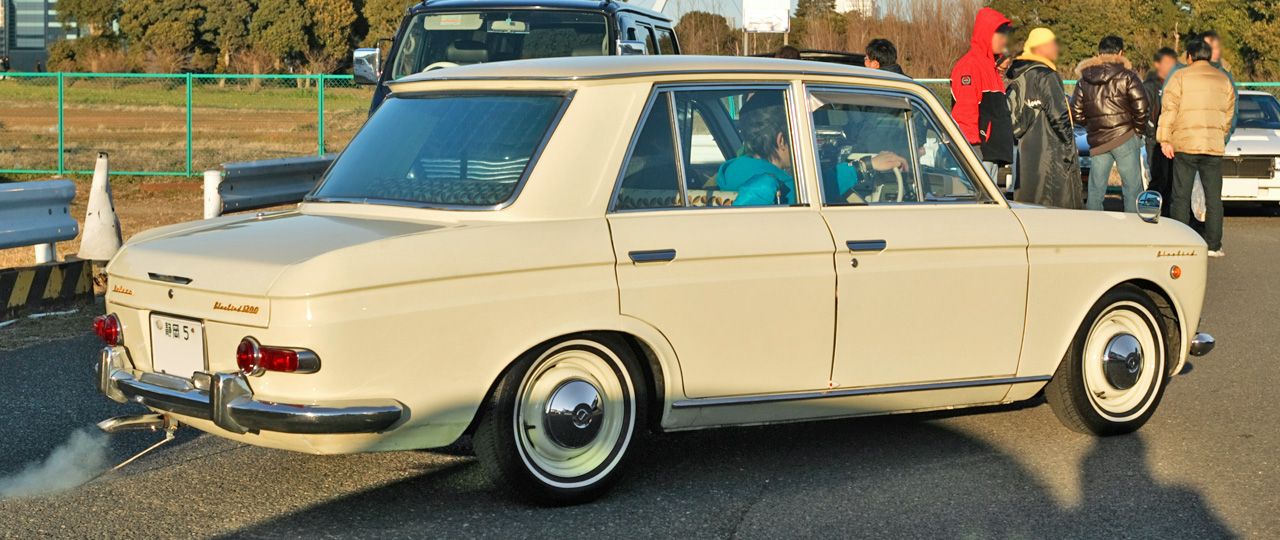
10. **Datsun Bluebird 410:**The Datsun Bluebird 410 made a quiet, unassuming entry into the global automotive arena, yet meticulously laid the foundational groundwork for much to come from the burgeoning Japanese automaker. Datsun, with characteristic foresight, engineered this compact vehicle to meet global expectations for quality and performance while resolutely retaining its distinct identity. Its clean lines, coupled with a commendably reliable chassis and an honest, straightforward use of materials, allowed it to genuinely stand out amidst competitors. Beyond its appealing exterior, the Bluebird 410 was engineered for practicality, making it remarkably easy to maintain, light on the wallet, and consistently pleasant to drive across various conditions.
The familiar sedan layout, appealing to a broad segment, was subtly enhanced by judicious design choices ensuring the 410 retained a distinctive visual presence. Whether navigating open highways or weaving through bustling city streets, the Bluebird 410 consistently delivered a dependable and reassuring driving experience that fostered confidence and loyalty. Over the ensuing years, it played a crucial role in laying the strategic foundation for the brand’s widespread future exports and meteoric global growth. While its physical presence at modern car shows might be rare, its enduring influence is discernible virtually everywhere, serving as a pioneering ambassador that introduced the world to reliable Japanese quality on a significantly larger and more impactful scale.
Car Model Information: 2023 GMC Sierra 1500 Denali
Name: Nissan Bluebird
Caption: Nissan Bluebird (U12)
Manufacturer: Nissan
Production: 1955–2001 (until 2007 in China)
Class: Compact car
BodyStyle: Sedan (automobile)
Layout: Front-engine, rear-wheel-drive layout
Successor: Nissan Altima
Categories: 1960s cars, 1970s cars, 1980s cars, 1990s cars, 2000s cars
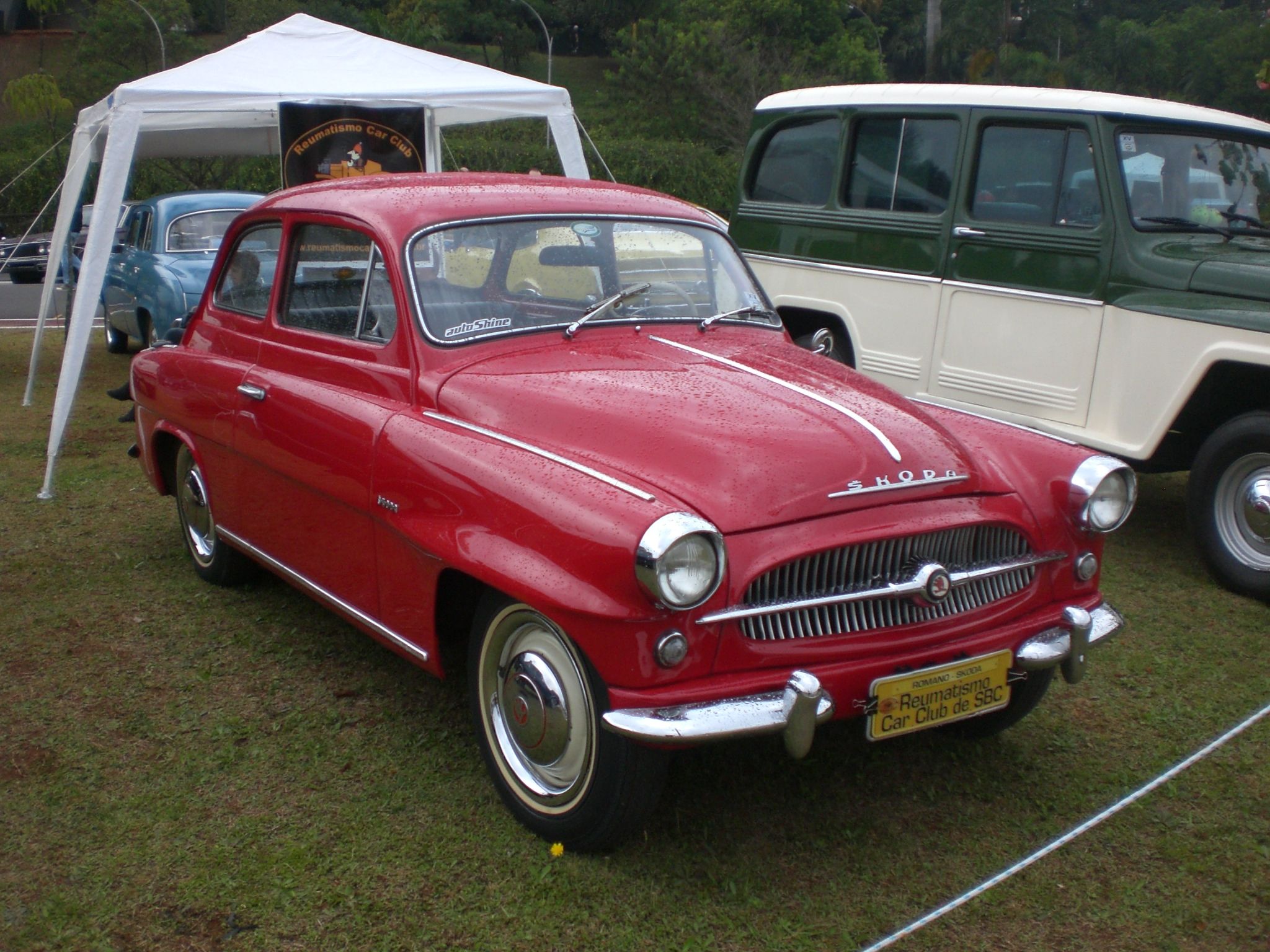
11. **Skoda Octavia (Original):**Long before the revered nameplate’s triumphant modern return, the original Skoda Octavia fulfilled a vital role in postwar Europe. Its simple body structure and clever engineering made it ideal for both challenging country roads and demanding urban life. The Octavia moved with quiet, understated strength, capably handling extended distances without strain, a testament to its robust design. Within its functional interior, seats were upright and exceptionally durable, enduring daily use, while generous storage proved immensely useful for errands and needs. Skoda, through the Octavia, successfully delivered a compelling balance of inherent strength and exceptional value, resonating powerfully with practical, budget-conscious buyers.
This resilient car was not merely a performer; people across Europe unequivocally relied on it for daily commutes, essential errands, and much-anticipated weekend trips. While many original owners transitioned to larger cars as prosperity grew, the Octavia remained a steadfast presence. More significantly, it served as the foundational bedrock upon which Skoda would build its reputation for reliability and value, eventually achieving remarkable global success and recognition, proving a humble beginning can lead to a formidable automotive legacy.

12. **Isuzu Bellett:**The Isuzu Bellett distinguished itself within the crowded compact market of its era with remarkably sharp edges and a confident stance that imparted a more aggressive, sporting look. It combined meticulous Japanese precision with a palpable, almost assertive, sporty attitude, establishing a unique identity. The interior overtly focused on the driver, featuring ergonomically tight controls and exceptionally clear gauges, facilitating an engaging and intuitive driving experience. While serving as a practical commuter, every sculpted panel line subtly hinted at an underlying performance capability, differentiating it from mundane rivals.
It stood tall among competitors, characterized by clean execution and quiet charisma. Though its presence faded with time, those who drove it consistently recalled how remarkably focused and responsive it felt. Adding another layer, the Bellett cultivated a small but dedicated following in motorsport, a twist that significantly helped keep its story alive. Few other compact cars from that vibrant era offered such profound personality and palpable driver engagement within their modest dimensions. Today, the Bellett feels less like a forgotten relic and more like a name truly worth rediscovering, a testament to its enduring design and engineering prowess.

**The Quiet Roar of Legacy**
As our journey through the often-overlooked automotive history of the 1960s concludes, it becomes profoundly clear that not every vehicle needs to generate a thunderous roar or boast astounding sales figures to secure its place in the annals of time. Indeed, some of the most impactful and enduring machines are those that simply show up, diligently perform their intended purpose with quiet competence, and then, almost paradoxically, recede into the background of collective memory before their true significance is widely appreciated. These remarkably efficient and unassuming compact cars of the ’60s were the silent workhorses, filling countless streets, garages, and cherished family memories, all without ever clamoring for the attention of front-page headlines or flashy magazine spreads.
They operated consistently in the background of daily life, offering a steady and unwavering reliability in a world increasingly filled with louder, more extravagant, and often less practical options. It’s a truly remarkable sensation, isn’t it? That subtle pang of recognition when you spot one of these automotive anachronisms, perhaps parked quietly in a vintage photograph or gracing a rare car show, and you feel an almost inexplicable connection to its quiet legacy. That feeling, that spark of acknowledgment, matters immensely, for it speaks to the enduring quality of their design and their profound, often understated, contribution.
These undeniably forgotten cars deserve far more than a mere passing glance or a dusty, relegated mention in obscure archives. Their profound influence subtly yet powerfully lingers, weaving itself into the very fabric of countless modern automotive designs we encounter daily. The clever engineering, the focus on maximizing interior space within compact footprints, and the unwavering commitment to functionality over mere ostentation—these are the timeless lessons that the golden age of compacts impart. Perhaps the most compelling and genuinely interesting stories in automotive history, much like in life itself, often emanate not from the boisterous, headline-grabbing behemoths, but from the most unassuming and quietly purposeful vehicles, reminding us that true impact often resides in elegant simplicity and unwavering utility.



